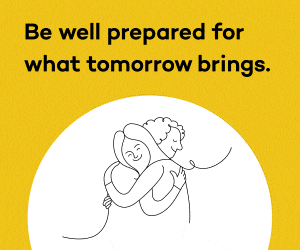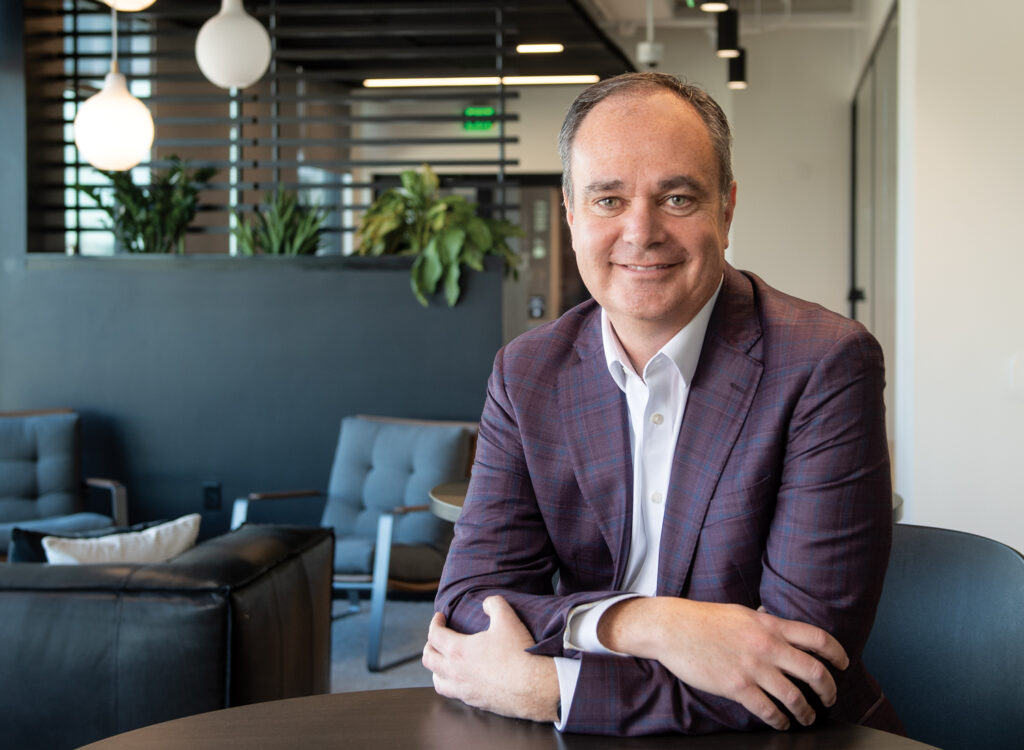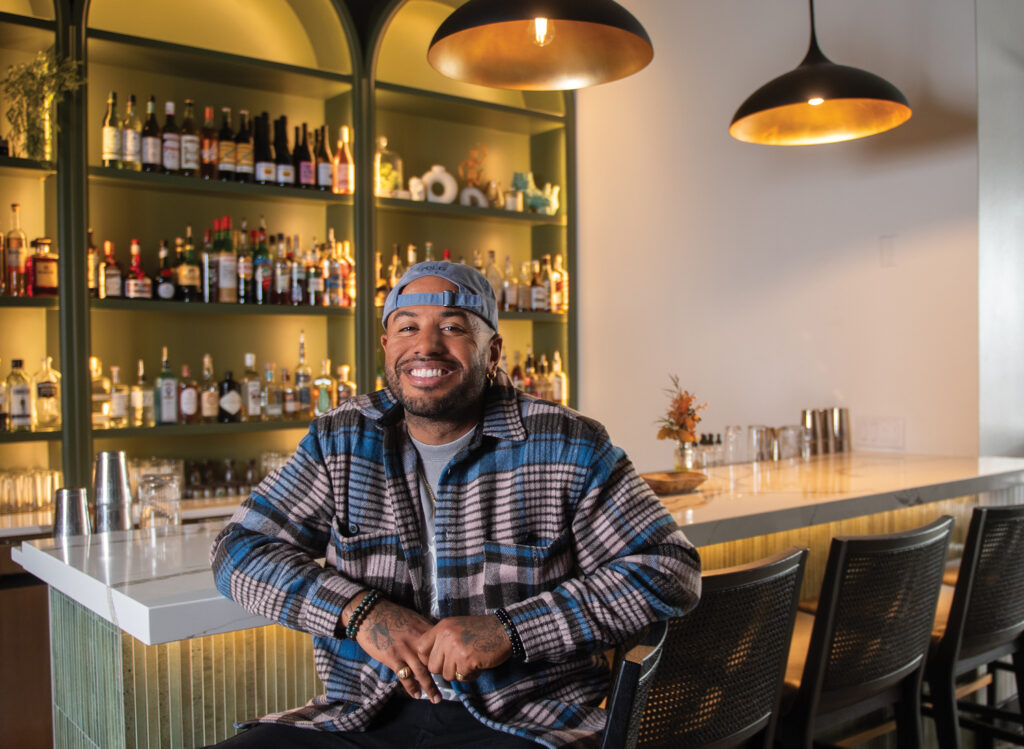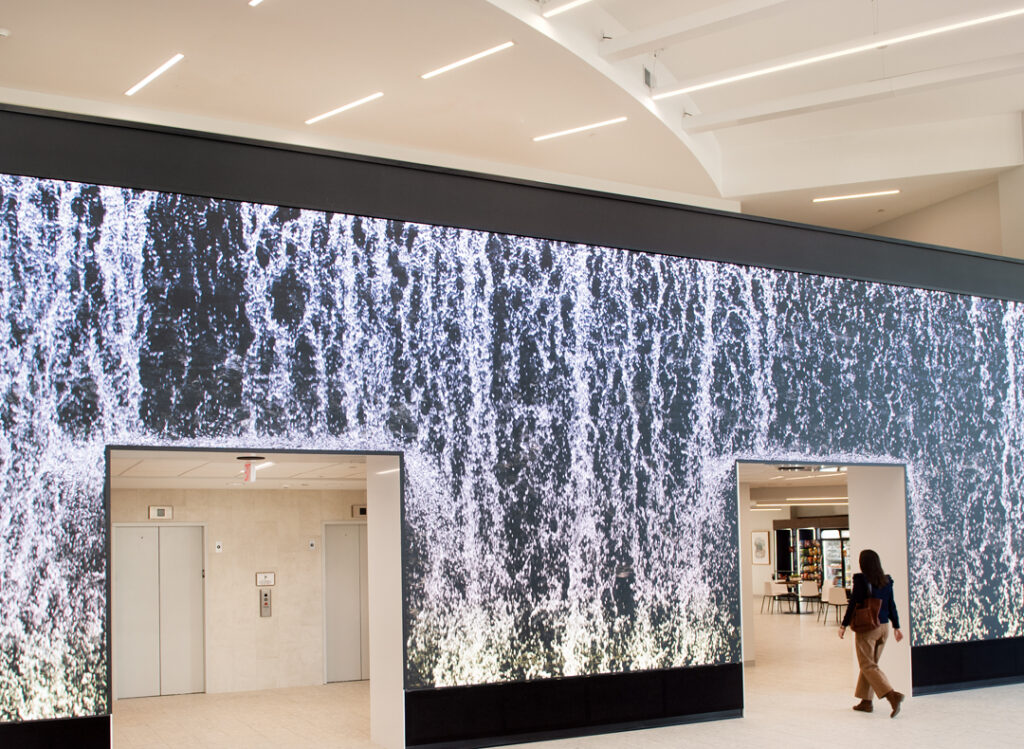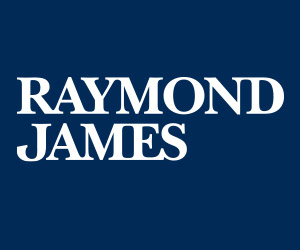The Elbert Files: United Way’s Des Moines roots

United Way of Central Iowa marks its 100th anniversary this year, making now a good time to begin a yearlong look at how it became one of the most consistently successful nonprofits in the country, raising more than $28.6 million last year.
The story began sometime in 1915 or 1916, when Des Moines social worker Flora Dunlap spoke with an Ohio lawyer who had helped the Cleveland Chamber of Commerce create the nation’s first federation of nonprofits in 1913.
Dunlap, who was born and educated in Ohio, worked at Jane Addams’ Hull House in Chicago before arriving in Des Moines in 1904 to run the city’s Roadside Settlement House for immigrant families.
Twelve years later, she and others saw that local charities were duplicating efforts, especially when it came to administration and fundraising. So she spoke to the Ohio lawyer, according to a Des Moines Register story written in 1941 for the 25th anniversary of what was then called the Community Chest.
The lawyer was not named in the article, but Dunlap was identified as the driving force of the 1916 effort.
“It was through the efforts of Flora B. Dunlap that a Cleveland, Ohio, attorney, instrumental in effecting the original organization, came to Des Moines and outlined the Community Chest plan,” the newspaper said. “He addressed 40 heads and workers of welfare agencies – and a Des Moines group was organized.”
U.S. Chamber of Commerce historian Chris Mead wrote in his 2014 book, “The Magicians of Main Street,” that the Cleveland Chamber of Commerce had borrowed the federation idea from Denver clergymen in 1913.
Under the plan, Mead explained, “a company or an individual could write a single check to be spread among a basket of preapproved charities. This saved business people and others time in evaluating charities and in writing checks.”
As in Ohio, the Des Moines Chamber of Commerce did much of the heavy lifting to launch the agency that was initially called the Public Welfare Bureau.
Following the Ohio lawyer’s visit, a series of meetings were held. Then, on Feb. 15, 1917, The Des Moines Register reported: “Plans to merge all charity organizations of the city under one management as a bureau of the Chamber of Commerce were crystallized … yesterday.”
“A conference of the heads of all charities in the city will be called early next week to lay the plans before them,” the article said. The charities would then report how they planned to “eliminate the great overhead expense involved in the operation of a large number of separate charity organizations.”
The February report said that 14 charities would benefit from the agency’s first fundraising drive set for that fall. By the time the effort was complete, the list had grown to 20, including the Settlement House, the Salvation Army and a newsboys’ club.
An elaborate campaign was launched to raise what at the time seemed an incredible sum, $100,000.
The effort began in late November with a dinner meeting in the Younkers Tea Room. The following day, Boy Scouts “ran through the city,” distributing information to every home and business.
Leaders of that first campaign included B.F. Kaufman, who founded Bankers Trust Co. that same year; Gerald S. Nollen, the Bankers Life Co. executive who went on to build the company’s iconic headquarters building at 711 High St. during the 1930s; former mayor James R. Hanna; and John H. Cownie, grandfather of our own Jim Cownie.
Women leaders included Carrie May Wallace, whose husband, Henry C., would serve in the cabinet of Warren Harding in 1921 and whose son, Henry A., would be elected vice president in 1940.
Future columns will explore the evolution of the agency we now know as United Way of Central Iowa.


